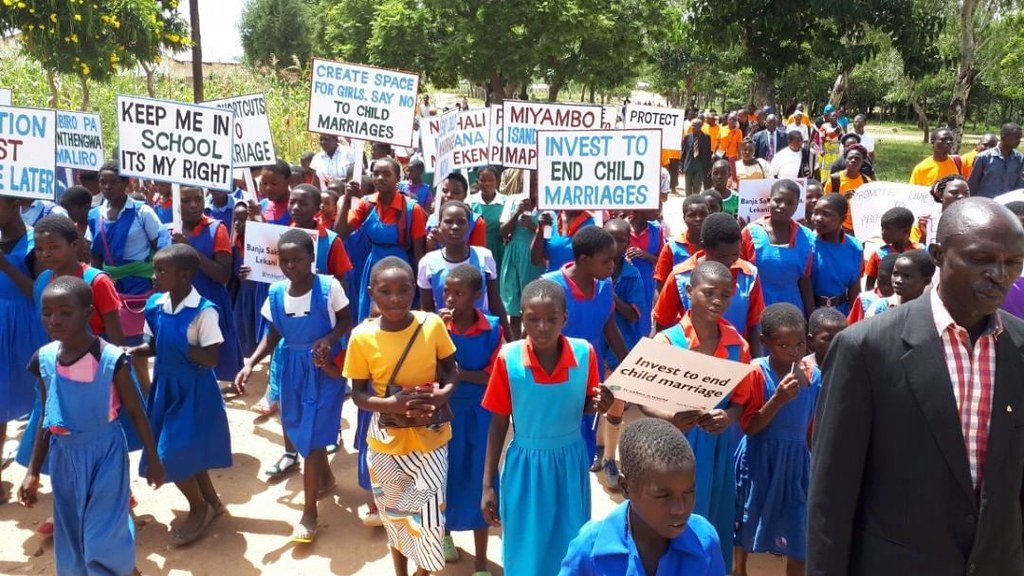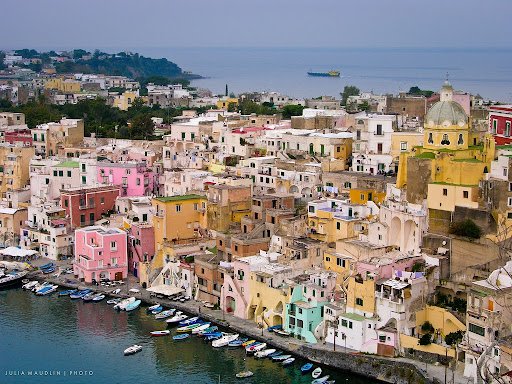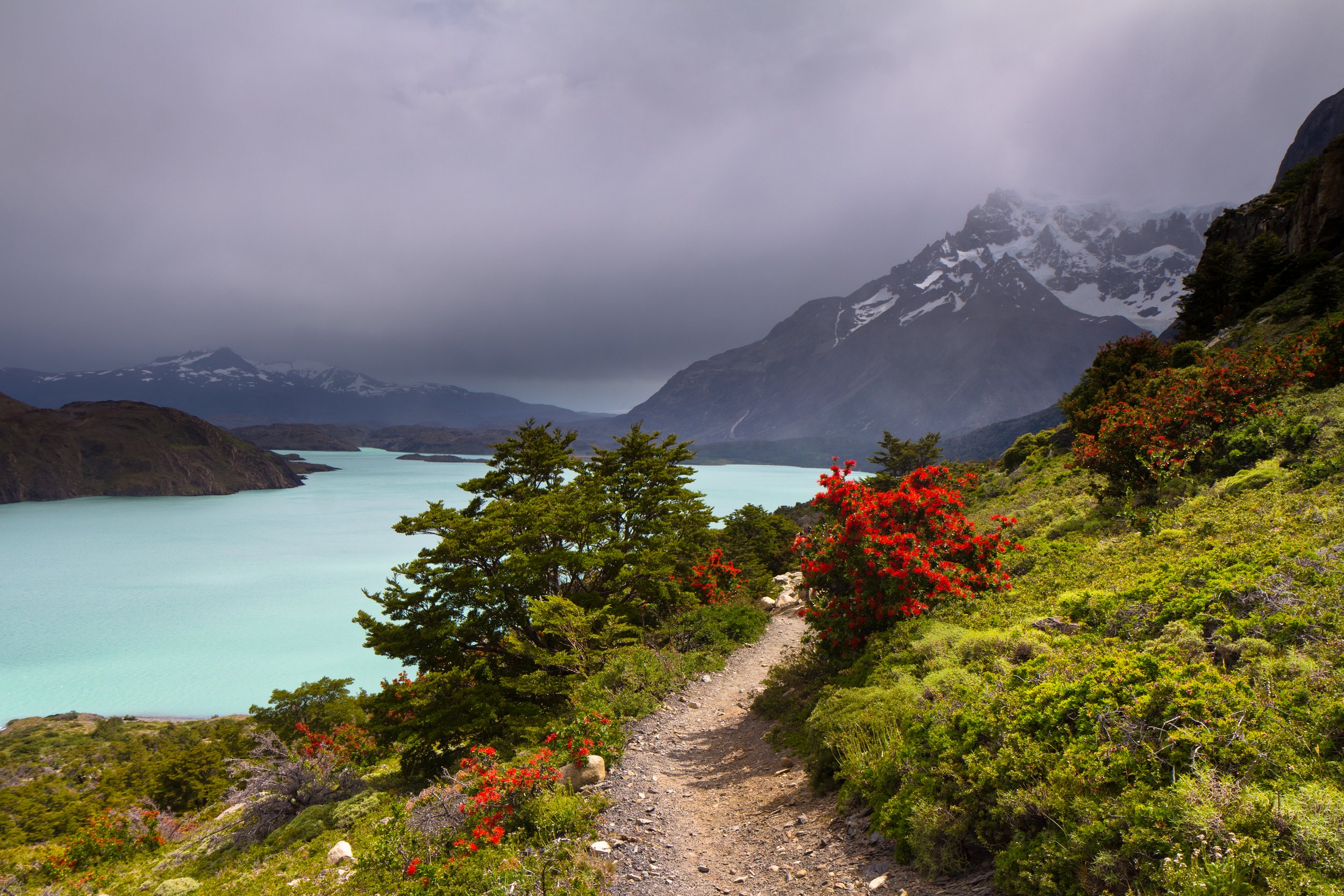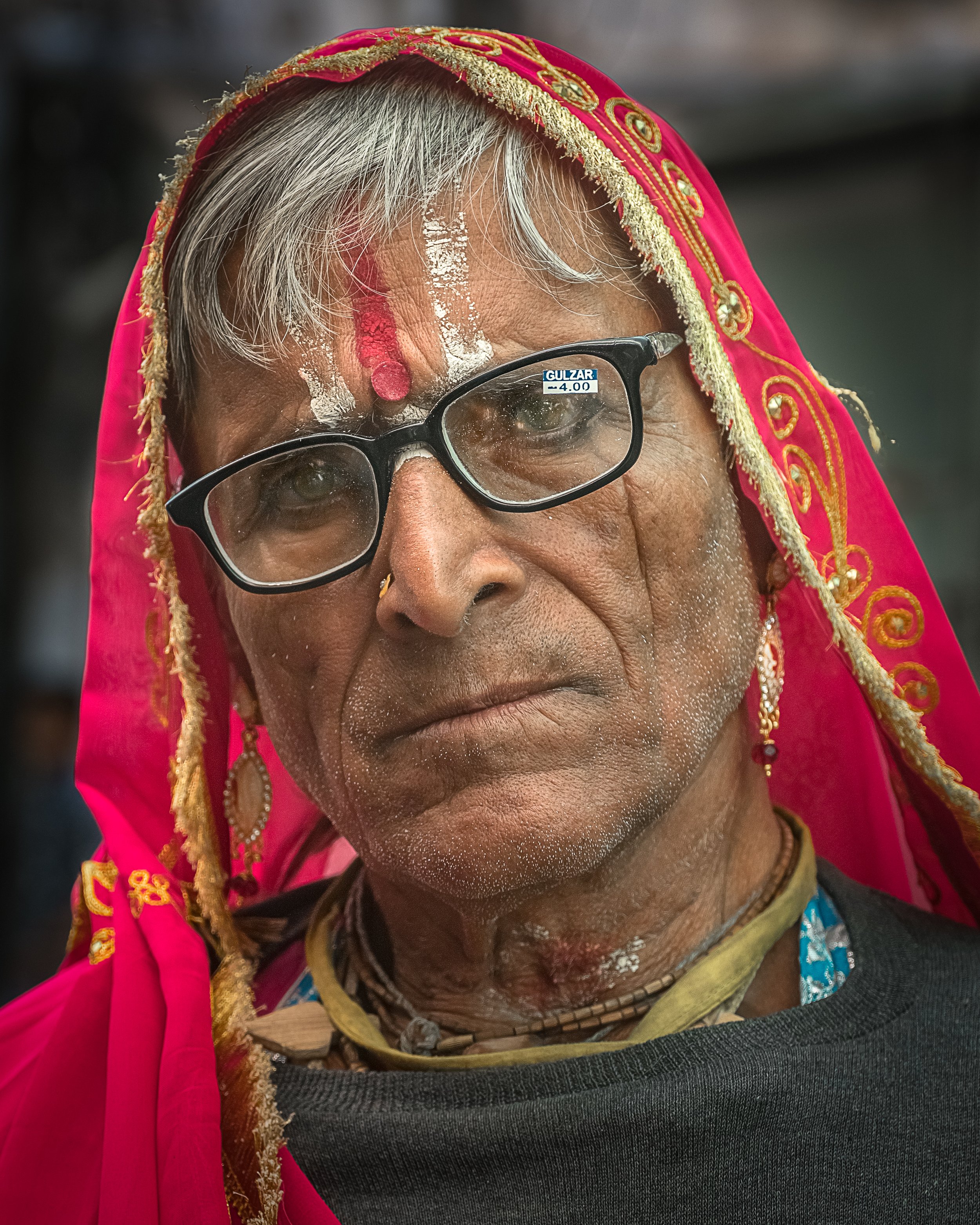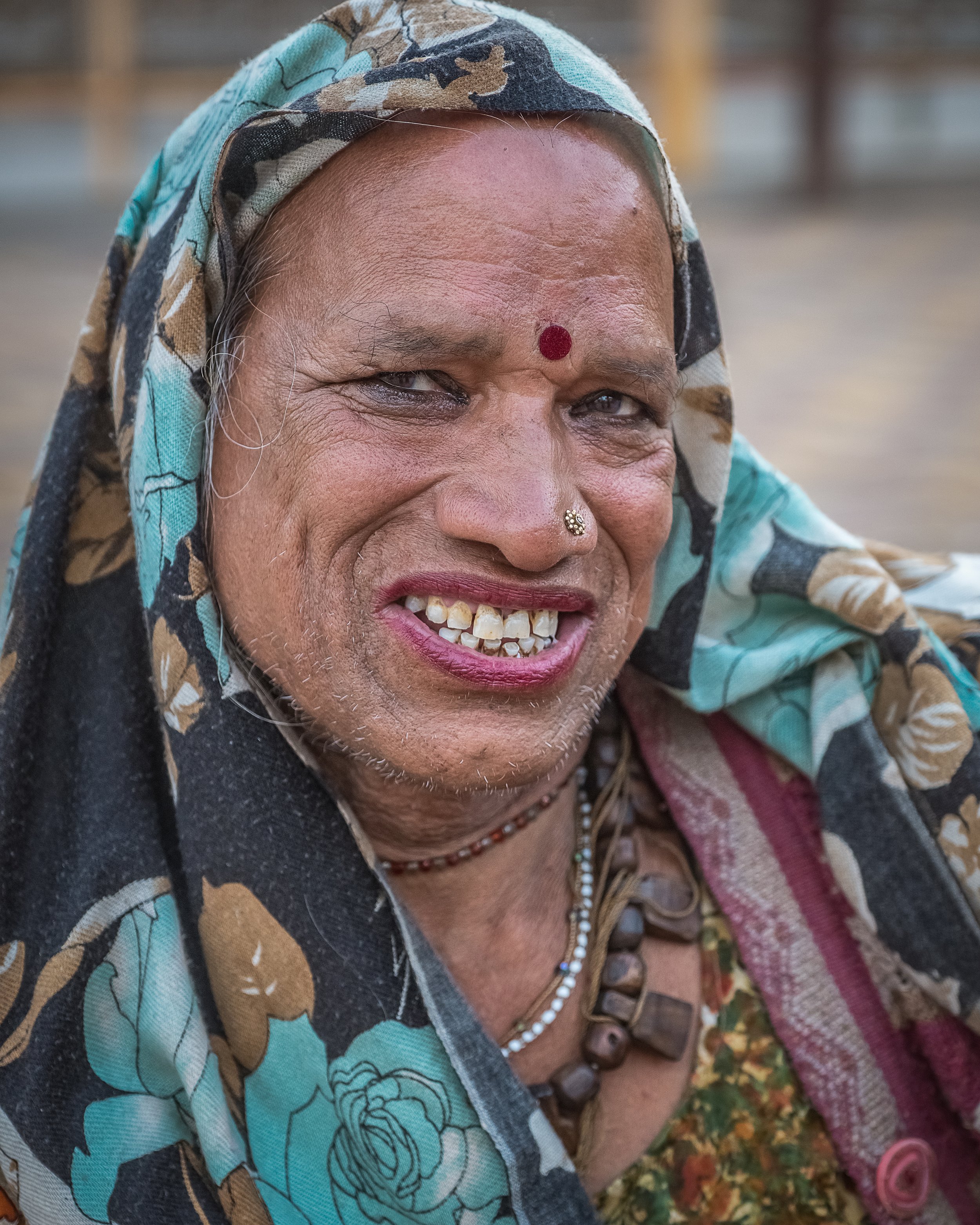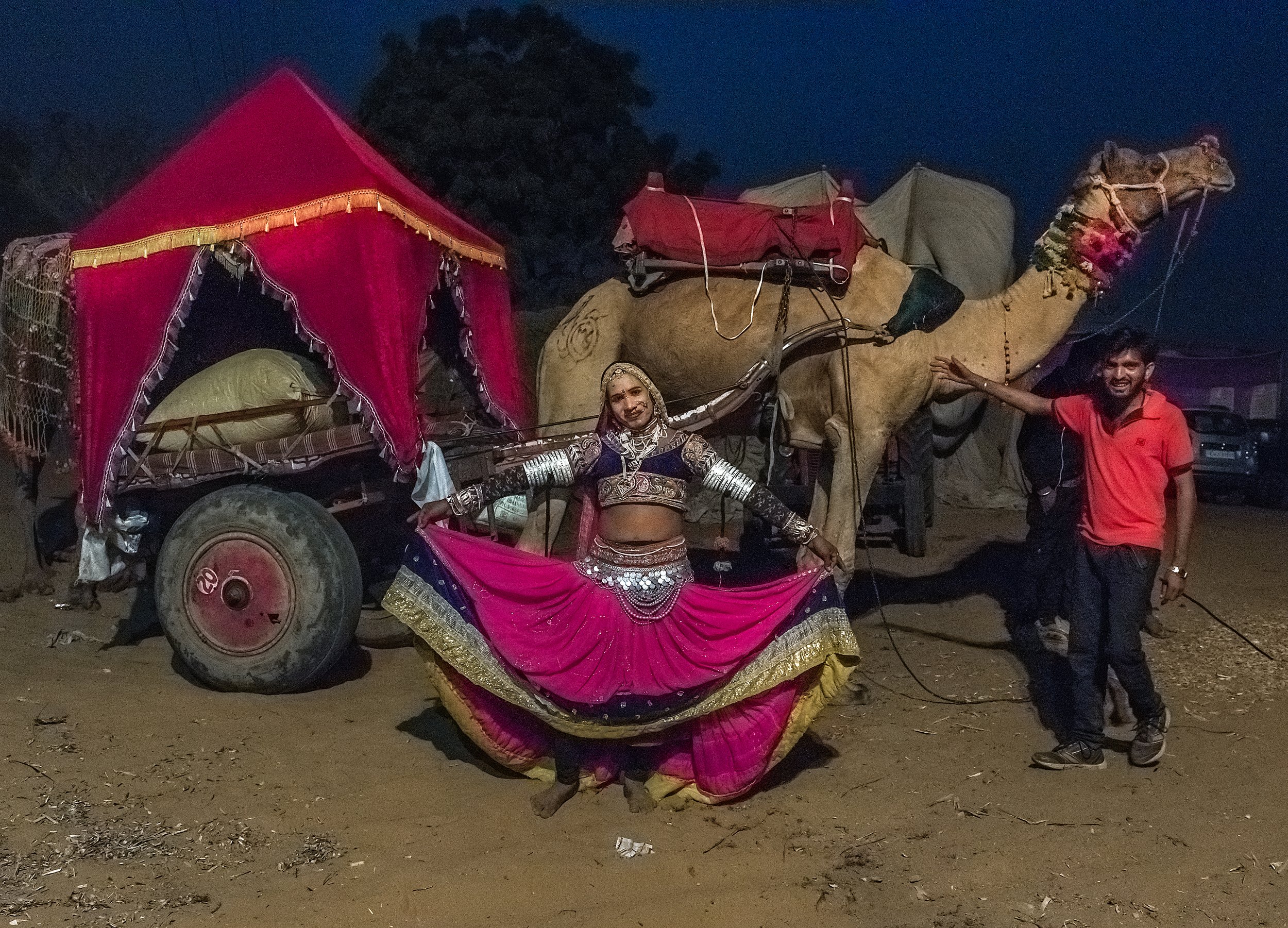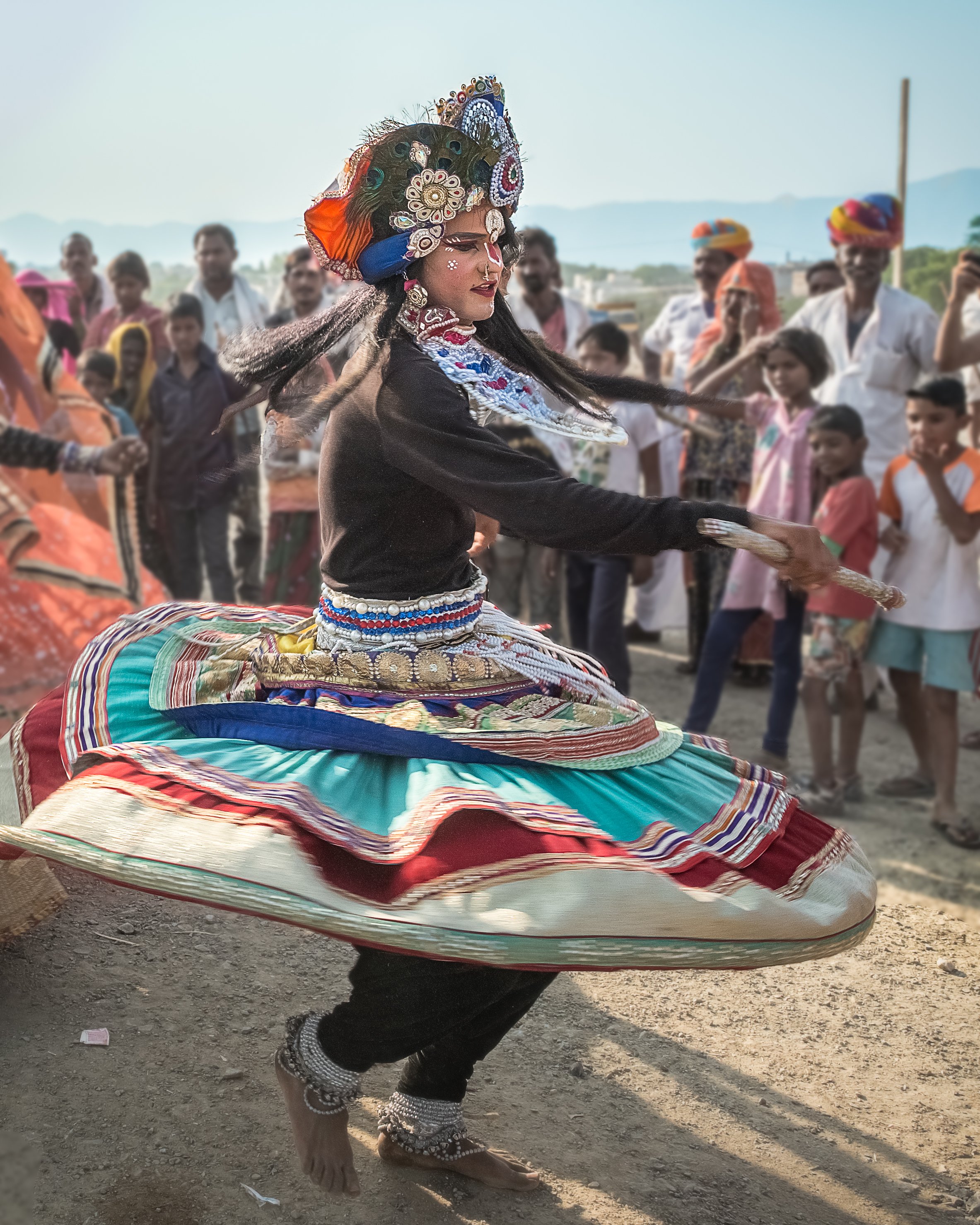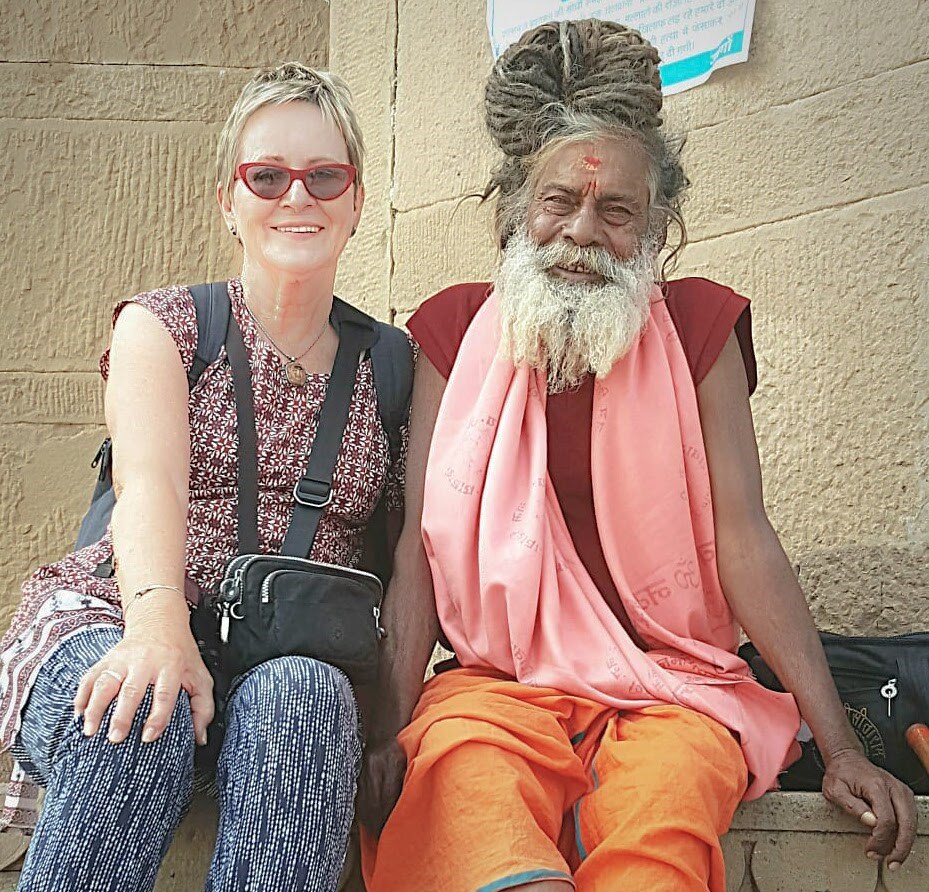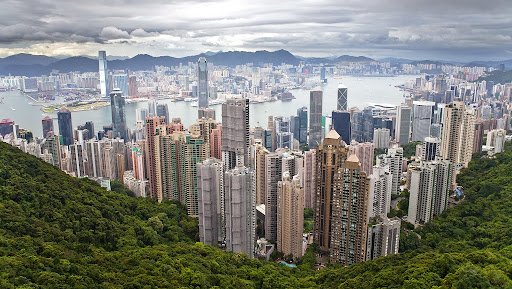10 Awesome Gifts from Socially Responsible Brands
These days, social impact isn’t reserved for nonprofits or volunteer organizations, and people are becoming more aware of the power and influence they hold as consumers. This season, CATALYST wants to help you find the perfect sustainable and socially responsible gift for the people in your life who care about shopping ethically. As customers have become more aware of the social and environmental issues happening around the world, for-profit companies are embracing their responsibility to make a positive impact. Below are 10 gifts from companies that focus on social and environmental change, sharing their successes with local and global communities.
1. TOMS India Slipper $59.95
Courtesy of TOMS Shoes
TOMS has reached a new level of comfort with its India slippers. On the outside, these shoes have a faux shearling plaid print extended to the faux fur lining on the inside. The rubber soles mean you can take the coziness of these slippers out of the house, perfect for lazy days or last-minute trips to the grocery store for that thing that was totally on your list but somehow you forgot.
TOMS is a company committed to using its success to improve the lives of others, and that includes the planet. A third of their profits go to grassroots efforts creating change at local levels, and in 2020 TOMS committed to expanding sustainable practices in key areas of their business. Last year, the company gave more than four million dollars to grassroots partners in 28 different countries and began creating products rooted in environmentally friendly materials and processes.
2. Bombas Holiday Sock Pack $54.40
Courtesy of Bombas
The limited-edition Bombas Holiday Sock Pack wraps all your favorite festive patterns into one. The use of extra-long-staple cotton and a cushioned footbed means these socks don’t sacrifice comfort and provide quality that will last wear after wear. The purchase of this set quadruples in giving power by donating not one, but four pairs of socks to someone in need.
Through a mission-based approach, Bombas has donated over 45 million items to homeless shelters in all 50 states. Their one-for-one business model means that anytime you purchase a pair of socks, underwear or t-shirt from their site, they donate another to a person in need. While socks may not be on the top of the kids’ wish list, they’ll have the added gift of knowing that their present also provided a sense of dignity to someone less fortunate.
3. VEJA V-10 Sneakers $150
Courtesy of VEJA Studio
VEJA’s vegan sneakers use cotton as a replacement for leather in what they term as C.W.L., or Cotton Worked as Leather. The shoe’s canvas is made of 100% organic cotton, coated with P.U., corn starch and ricinus oil from Brazil, and is 54% bio-based. The suede logo is made from 100% vegan synthetic microfibers that are sourced from São Paulo in Jacareí and made using a solvent-free process that’s less toxic than processes for classic synthetic suede.
At VEJA, their commitment to transparency prioritizes looking beyond the style of a shoe to how they are made. VEJA works directly with local producers all over Brazil. In doing so, they cut out the middle man, yet still, pay twice the market price for cotton so the associations can use the funds to improve their working conditions. Additionally, 100% of the logistics for the VEJA online site and Parisian stores are managed by Log’ins, a company that promotes social and professional integration. Through their partnership, 322 people who would’ve typically been excluded from the labor market have found jobs at VEJA.
4 Patagonia Fleece Pull-Over $119
Courtesy of Patagonia
The classic Snap-T Fleece Pullover from Patagonia is a winter wardrobe staple made with warm, durable recycled polyester fleece and sewn with their Fair Trade Certified mark. Perfect for casual wear, hiking and work, you can rest easy knowing that Patagonia’s quality will last a lifetime.
Patagonia uses a high proportion of materials made from recycled fabrics, rejecting the concept of fast fashion through their dedication to creating high-quality, long-lasting products. Patagonia’s Worn Wear program incentivizes customers to extend the lives of their Patagonia pieces by repairing, recycling and trading their used items for something new. Their participation in the Fair Trade program has supported over 64,000 workers with fair living wages and their work with suppliers in Taiwan, Japan, Thailand and South Korea helps eliminate fees for migrant workers vulnerable to bonded labor.
5. Davines Healthy Shine Set $85
Courtesy of Davines
Davines’ Healthy Shine set is a package of restorative hair products. This set includes their NOUNOU Shampoo and MOMO Conditioner that nourish, hydrate and soften hair. The Ol Oil adds shine and protection from heat and environmental factors. It can be used either as a leave-in treatment or after styling as a finishing touch.
Davines' production site is powered 100% by renewable energy and 27% of their products have neutralized their life cycle emissions. Their partnership with the Rodale Institute promotes the sourcing of sustainable ingredients through regenerative agriculture. Davines is one of 800 B Corp companies committed to reaching net-zero emissions by the year 2030, 20 years earlier than the goals set by the Paris Agreement.
6. Arganic Inside Out Beauty Set $47.48
Courtesy of Arganic
The Inside Out Beauty Set from Arganic comes with a set of their fully traceable, single-origin argan oil, including a 50ml bottle of cosmetic argan oil and a 100ml bottle of their culinary argan oil. Argan oil is mostly known for its beauty benefits, but its nutty flavor exceptionally balances dishes and is known to improve heart health.
Argan oil has been used for centuries by the indigenous Berber people of Morocco, and its multi-purpose use makes it a product that promotes reduced consumption. However, many argan oils on the market are made of oil sourced from several producers, resulting in a lack of transparency of the supply chain. Arganic works with a single organic farm in Morocco so you know that your money is directly supporting the 600 Berber women they employ. These women are paid above average and are provided with a free classroom for their children on the worksite.
7. BioLite Stove $150
Courtesy of BioLite
Leave the gas canisters behind and unlock the power of sticks and twigs with BioLite’s award-winning stove. Their patented combustion technology turns fire into electricity, so you can cook your meals and charge your gear at the same time. At just two pounds, the BioLite stove packs down to the size of a 32oz wide mouth water bottle, and boils in less than five minutes.
BioLite’s mission is to bring energy everywhere, using its heat-to-electricity technology to cut fuel consumption in half and reduce toxic emissions by 90%. Their range of more than 20 products is revolutionizing the way people across the globe experience energy. As of November 2021, their impact has reached over three million people in Africa and Asia, granting them access to clean and affordable home energy. Your purchase of a BioLite product helps them invest in their programs, engineering and distributing light and energy to remote customers.
8. Paravel Aviator Carry-On $275
Courtesy of Paravel
Paravel’s Aviator carry-on is the first-ever carbon neutral suitcase. Not only does Paravel offset all emissions emitted during the sourcing, assembly and shipping process of the item, but they go the extra mile to offset the estimated emissions of your first flight with your new suitcase. In addition, the suitcase incorporates recycled materials wherever possible, from the lining made of 15 recycled plastic bottles to the handle made from recycled aircraft-grade aluminum.
Paravel creates top-quality travel products that aren’t only easy on the eyes, but easy on their impact on the environment. Not only do all of their supply chain partners follow their code of social responsibility, but their commitment to sustainability has offset more than 12,000 tons of CO2 emissions—equal to pulling 2,000 cars off the streets for a year. The utilization of upcycling to create their products is how they removed over three million plastic water bottles from the ocean and planted more than 166,000 trees.
9. Ethnotek Cyclo Travel Sling Bag $89
Courtesy of Ethnotek
The Ethnotek Cyclo Travel Sling Bag is made using a process called ‘jaspe’ by a family in Paxtoca, Guatemala. The yarn for this bag is tied and dyed in sections, then spooled and fed into a treadle loom, all by hand. The Travel Sling’s main compartment rolls open and closed, allowing for maximum storage volume. There’s a built-in organizer with a small pocket for documents, two stretch mesh pockets for water bottles, and a pen slot. The hidden zipper pockets on the side are there to hold your quick-grab accessories, like a phone or sunglasses. Lastly, the hidden back zipper pocket allows for quick access to your important travel documents while keeping them safe and secure.
Ethnotek creates high-quality backpacks, laptops and travel bags that feature ethically sourced, traditional, handmade textiles. Weavers and artisans around the world are seeing less local demand for their fabrics, and traditional techniques are quickly being replaced by machines and factory labor in major cities. Ethnotek sources handmade textiles in person and purchases them directly from the artisan or village they’re created in. Your purchase helps stimulate the demand for these traditional, handcrafted pieces and practices of hand printing, weaving and embroidery in Ghana, Guatemala, India, Indonesia and Vietnam.
10. Cotopaxi Fuego Down Vest $150
Courtesy of Cotopaxi
The Fuego Down Vest features responsibly sourced, water-proof, RDS-Certified down in a streamlined design. The vest is perfect for those chilly weather days that don’t quite warrant a jacket, but also serves well underneath one as a core-warming layer on colder days. The vest includes an adjustable drawcord along the hem, two zippered exterior pockets and two interior pockets. The vest is light and compactable, so when it’s not being worn it can be packed into its interior pocket.
All of Cotopaxi’s insulation pieces are made using responsibly sourced down that ensures the humane treatment of ducks and geese. As a B Corp Certified company, all of their factories promote fair labor practices. Additionally, Cotopaxi allocates one percent of its revenue to the Cotopaxi Foundation, awarding grants to non-profit partners who work to improve the human condition and alleviate poverty. This year alone, the foundation has awarded 34 individual grants, directly assisted 750,000 people and donated over $400,000.
Claire Redden
Claire Redden is a freelance journalist from Chicago, where she received her Bachelor’s of Communications from the University of Illinois. While living and studying in Paris, Claire wrote for the magazine, Toute La Culture. As a freelancer she contributes to travel guides for the up and coming brand, Thalby. She plans to take her skills to London, where she’ll pursue her Master’s of Arts and Lifestyle Journalism at the University of Arts, London College of Communication.












